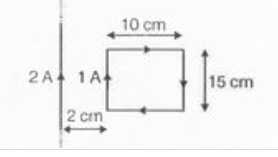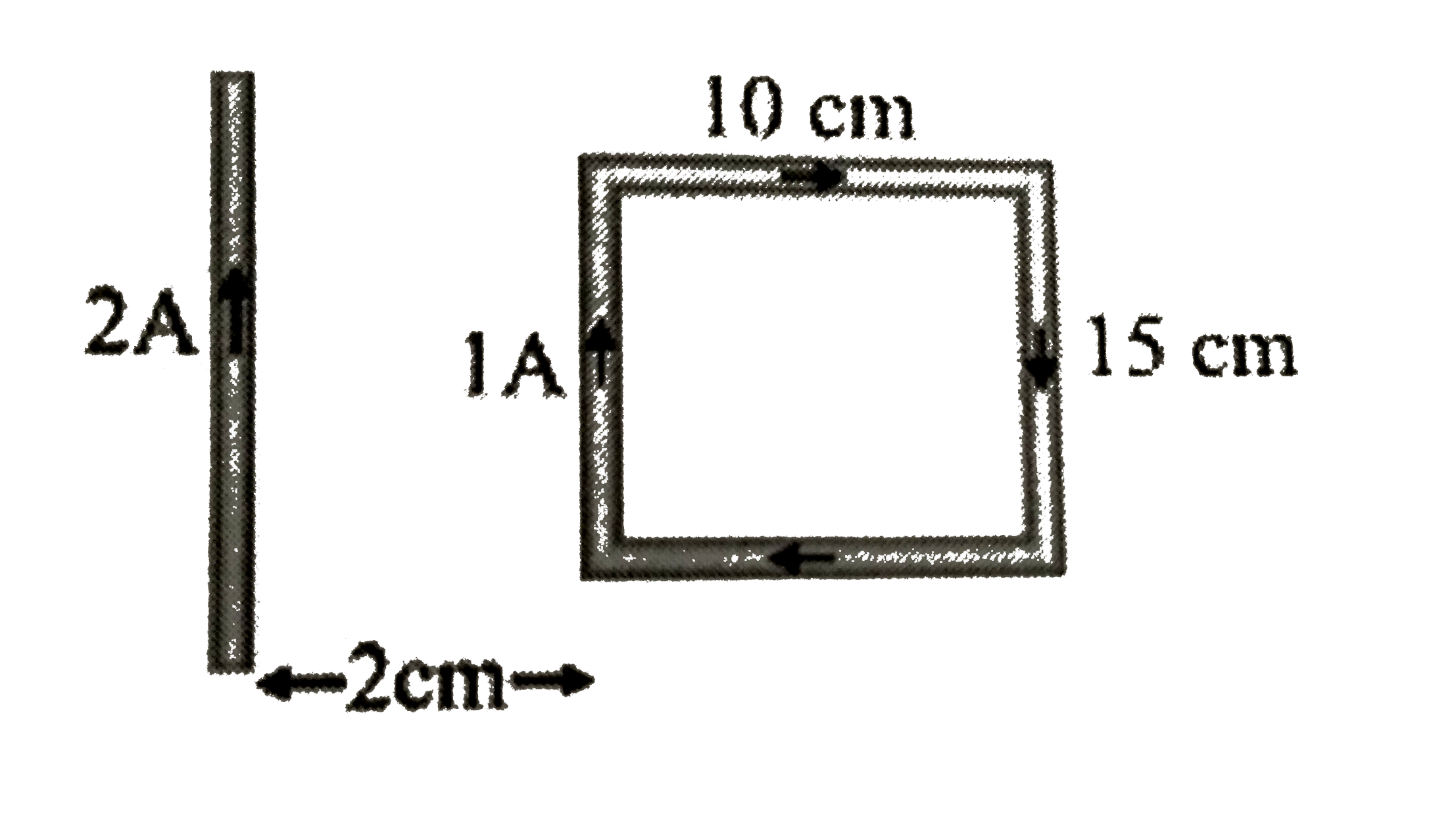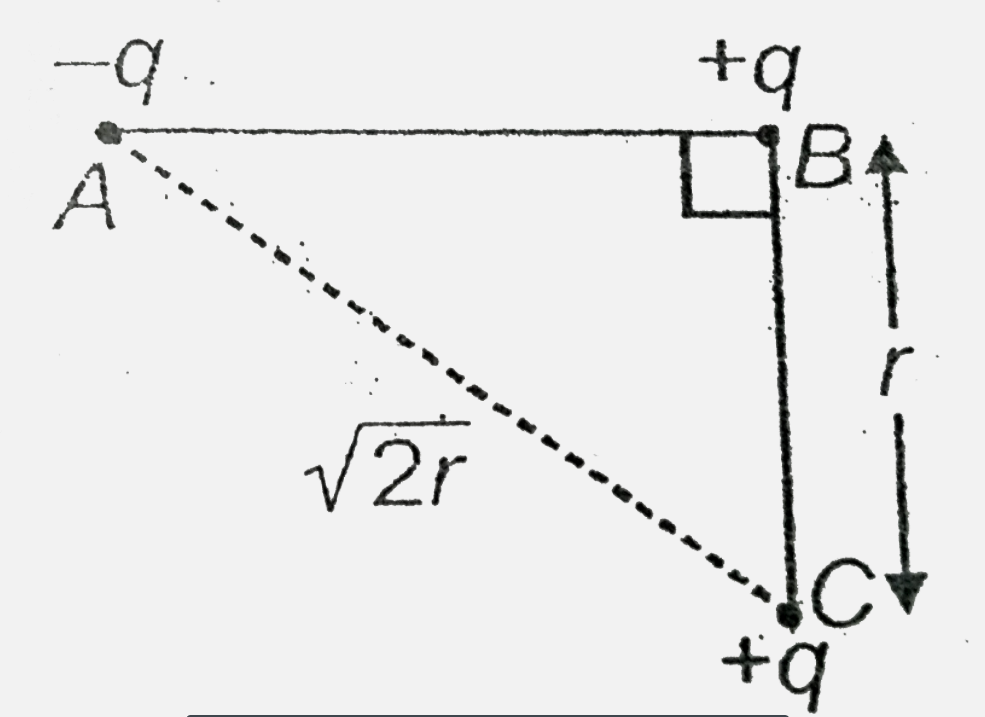In the nucleus of helium if F1isthe≠tforcebetweentwopro→ns,F_2isthe≠tforcebetweentwo≠utronsandF_3 is the net force between a proton and a neutron. Then,
(a) F1=F2=F3
(b) F1>F2>F3
(c) F2>F3>F1
(d) F2=F3>F1
The correct Answer is:A
To solve the problem, we need to analyze the forces acting between the particles in the helium nucleus, which consists of two protons and two neutrons.
1. Understanding the Forces:
- F1 is the net force between the two protons.
- F2 is the net force between the two neutrons.
- F3 is the net force between a proton and a neutron.
2. Nature of Nuclear Forces:
- The nuclear force is a strong interaction that acts between nucleons (protons and neutrons) in the nucleus.
- It is important to note that these forces are short-range and are generally considered to be attractive.
3. Comparing the Forces:
- The strong nuclear force is similar for all nucleon pairs (proton-proton, neutron-neutron, and proton-neutron).
- Therefore, we can conclude that the magnitudes of these forces are approximately equal due to the nature of the strong nuclear force being independent of the type of nucleon pair.
4. Conclusion:
- Since the nuclear forces are the same for all nucleon pairs in the helium nucleus, we can state that:
F1=F2=F3
Final Answer:
Thus, in the nucleus of helium, we have:
F1=F2=F3
- F1 is the net force between the two protons.
- F2 is the net force between the two neutrons.
- F3 is the net force between a proton and a neutron.
- The nuclear force is a strong interaction that acts between nucleons (protons and neutrons) in the nucleus.
- It is important to note that these forces are short-range and are generally considered to be attractive.
- The strong nuclear force is similar for all nucleon pairs (proton-proton, neutron-neutron, and proton-neutron).
- Therefore, we can conclude that the magnitudes of these forces are approximately equal due to the nature of the strong nuclear force being independent of the type of nucleon pair.
- Since the nuclear forces are the same for all nucleon pairs in the helium nucleus, we can state that:
F1=F2=F3
Thus, in the nucleus of helium, we have:
F1=F2=F3
Topper's Solved these Questions
- BOOK - DC PANDEY ENGLISHCHAPTER - MODERN PHYSICS - 2EXERCISE - Level 1 Subjective16videos
MODERN PHYSICS - 2
- BOOK - DC PANDEY ENGLISHCHAPTER - MODERN PHYSICS - 2EXERCISE - Level 1 Subjective Questions1videos
MODERN PHYSICS - 2
- BOOK - DC PANDEY ENGLISHCHAPTER - MODERN PHYSICS - 2EXERCISE - Assertion And Reason11videos
MODERN PHYSICS - 2
- BOOK - DC PANDEY ENGLISHCHAPTER - MODERN PHYSICS - 1EXERCISE - Level 2 Subjective23videos
MODERN PHYSICS - 1
- BOOK - DC PANDEY ENGLISHCHAPTER - NUCLEIEXERCISE - C MADICAL ENTRANCES GALLERY46videos
NUCLEI
Similar Questions
the net force on the loop is
 View Solution
View SolutionThe net force acting is not zero on
View SolutionWhat is the net force on the rectangular coil
 View Solution
View SolutionIf the nuclear force between two protons, two neutrons and between proton and neutron is denoted by Fpp,Fnn and Fpn respectively, then
View SolutionWhat is the net force on the square coil?
 View Solution
View SolutionTwo nucleons are at a separation of 1×10−15m. The net force between them is F1, if both are neutrons, F2 if both are protons and F3 if one is a proton and other is a neutron. In such a case.
View SolutionThe force acting between proton and proton inside the nucleus is.
View SolutionIn the following figure, if magnitude of forces between B and C is F, then magnitude of force between A and B is
 View Solution
View SolutionWhich of the following graphs represents the relationship between the force F between two point charges and the distance r between them :
View Solutionwhat is the net force on a dipole in a uniform electric field ?
View Solution

